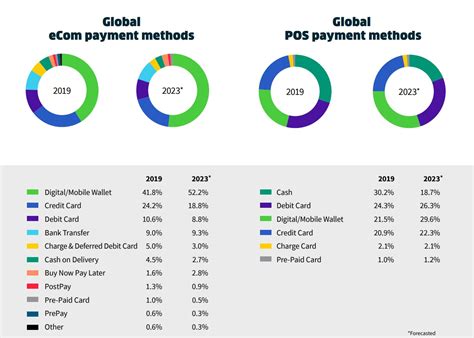Cryptocurrency’s Crazy Ride: Navigating the Volatile World of Digital Wallets and Proof-of-Work (PoS)
In recent years, cryptocurrencies have experienced a surge in popularity, attracting the attention of investors, traders, and enthusiasts. The landscape is constantly changing, and new technologies are emerging to challenge the traditional way of thinking about digital assets. Among these innovations, two areas have gained particular attention: digital wallets and Proof-of-Work (PoS) consensus algorithms.
Digital Wallets: The New Era of Mobile Payments
A digital wallet is a secure online platform that allows users to store, send, and receive cryptocurrencies, as well as access other digital assets. These platforms have revolutionized the way people transact, providing a convenient, decentralized, and secure medium of exchange.
Several factors have influenced the development of digital wallets:
- Convenience: Digital wallets allow users to manage their cryptocurrencies from anywhere, using their smartphones or tablets.
- Security: With features like two-factor authentication and encryption, digital wallets provide a solid layer of security for users’ assets.
- Accessibility: Digital wallets have bridged traditional payment systems with cryptocurrency markets, making it easier for new players to enter the market.
Here are some popular examples of digital wallets:
- MetaMask: A user-friendly browser-based wallet developed by Ethereum that allows users to store, send, and receive cryptocurrencies.
- Binance Coin Wallet: A mobile app that offers secure storage and transaction management for Binance’s native cryptocurrency, BNB.
- Trust Wallet
: A decentralized wallet that supports over 1,000 digital assets, including cryptocurrencies, tokens, and non-fungible tokens (NFTs).
Proof-of-Work (PoS) Consensus Algorithms: The New Standard
Proof-of-Work (PoS) is a consensus algorithm designed to secure blockchain networks by requiring miners to solve complex mathematical puzzles. This approach has been gaining popularity in recent years, as it offers several advantages over traditional Proof-of-Cash (PoC) algorithms.
Advantages of PoS include:
- Energy Efficiency: PoS requires significantly less energy compared to PoC, making it more sustainable and environmentally friendly.
- Scalability: PoS allows for larger block sizes and faster transaction processing, which translates into greater scalability and usability.
- Security: PoS provides a more secure environment for transactions, as a lot of computing power is required to solve the puzzles, making it less likely to be tampered with or manipulated.
Here are some notable examples of PoS-based blockchains:
- Polkadot (PoS): A decentralized platform that allows different blockchains to interact using a unique consensus algorithm.
- Tezos (PoS): A public blockchain network using the Tezos Proof-of-Stake (PoSS) algorithm, offering high energy efficiency and scalability.
Volatility: The Crazy Cryptocurrency Race
Cryptocurrency markets are notorious for being highly volatile, with prices fluctuating significantly over short periods of time. This phenomenon is known as “volatility.”
Causes of cryptocurrency volatility include:
- Speculation

: Investors may buy or sell cryptocurrencies in anticipation of future price fluctuations.
- Liquidity Crisis: Insufficient trading volume can lead to sudden, large price changes.
- Regulatory Environment: Changes in government policies and regulations can affect market sentiment.
To navigate the crazy cryptocurrency markets, it is important to:
- Stay Informed: Constantly follow market trends, news, and analysis from credible sources.
2.


